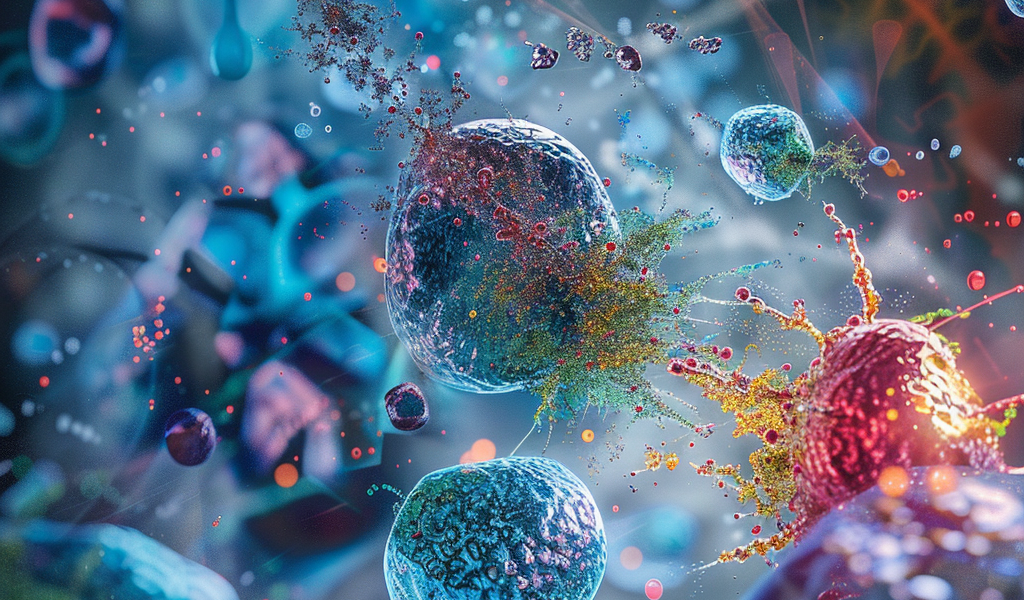Recent research conducted by engineers at Cornell University has unveiled critical insights into the aging process at the cellular level, particularly focusing on muscle regeneration. As muscles age, they exhibit a declining ability to heal and regenerate after injuries, a phenomenon that has puzzled scientists for years. This groundbreaking study presents the most comprehensive examination of how these changes manifest over time in mouse models.
The study, titled Transcriptomic Analysis of Skeletal Muscle Regeneration Across Mouse Lifespan Identifies Altered Stem Cell States, was published in Nature Aging on November 22, 2024. Ben Cosgrove, an associate professor at the Cornell Meinig School of Biomedical Engineering and the study’s senior author, emphasized the fundamental question driving this research: whether the decline in muscle regeneration is due to alterations in the stem cells responsible for repair or if it is influenced by changes in how these cells are instructed by other cell types.
To explore this, the research team sampled muscle cells from young, old, and geriatric mice at six different time points following an induced injury, which was administered using a variant of snake venom toxin. Through this process, they identified 29 distinct cell types, including various immune cells that showed significant differences in their abundance and responsiveness across different age groups. Notably, muscle stem cells demonstrated a capacity for self-renewal in younger mice but faced significant challenges as the muscles aged.
The team’s detailed assessment revealed a lack of coordination in muscle repair processes within older mice. It was observed that many immune cells, which play a crucial role in coordinating tissue repair, appeared at inappropriate times during the healing process. “There’s too many of them or too few of them,” Cosgrove explained, adding that these immune cells are “playing the wrong music” and are out of sync with each other in aging muscles.
In order to evaluate cellular senescence—the state in which a cell can no longer divide—the researchers employed a novel method known as transfer-learning. Lead author Lauren Walter, who was a doctoral student in Cosgrove’s lab during the study, described how they utilized an existing list of genes to assess a cell’s senescence status. This innovative methodology allowed them to evaluate senescence across different ages and regeneration time points.
This research provides a deeper understanding of the interactions between various cell types and how these interactions contribute to cellular senescence. Such insights could pave the way for developing targeted drugs aimed at senescent cells. “What our dataset provides is a rich template to really investigate what would be the benefits or detriments of removing senescent cells from tissues,” Cosgrove noted. He further explained that conducting these experiments in mouse models enables researchers to directly test hypotheses, enhancing the understanding of how targeting senescent cells might improve repair processes in older individuals.
The study’s findings are significant in the context of regenerative medicine and could lead to innovative therapeutic strategies for age-related muscle degeneration. By elucidating the mechanisms behind muscle repair and the role of immune cells, the research opens new avenues for enhancing muscle regeneration in aging populations.
As scientists continue to explore the complexities of muscle biology, this study stands out as a pivotal contribution to the field. The ability to manipulate cellular senescence and improve regeneration could have profound implications for the health and quality of life of aging individuals.
Co-authors of the study include doctoral students and faculty members from Cornell University, all of whom contributed to the expansive research effort aimed at understanding the aging process at the cellular level.





